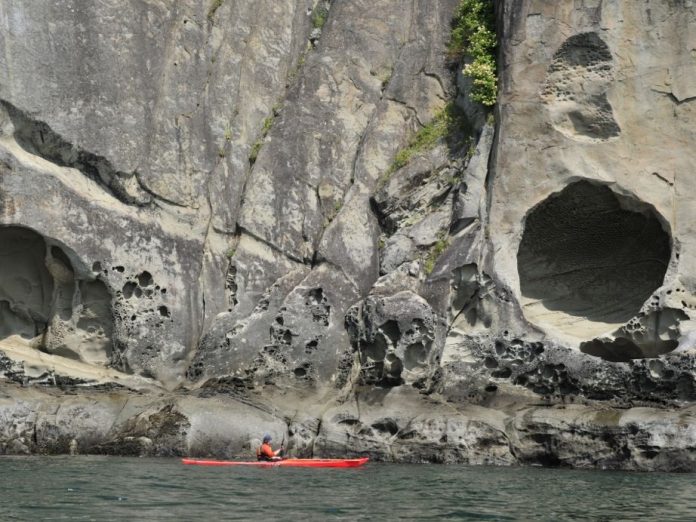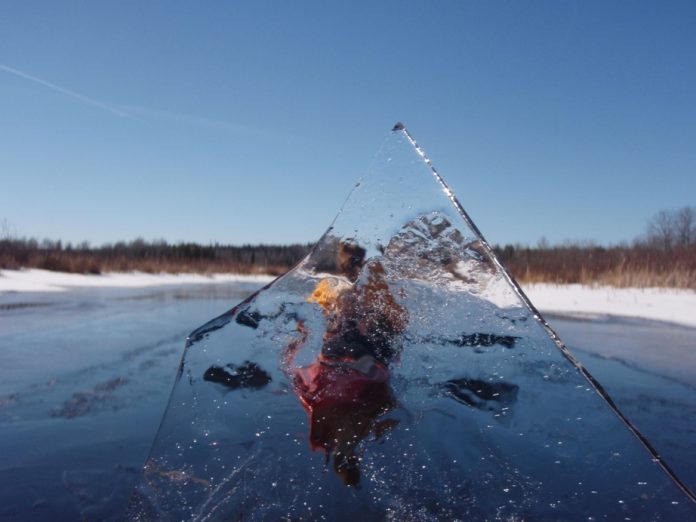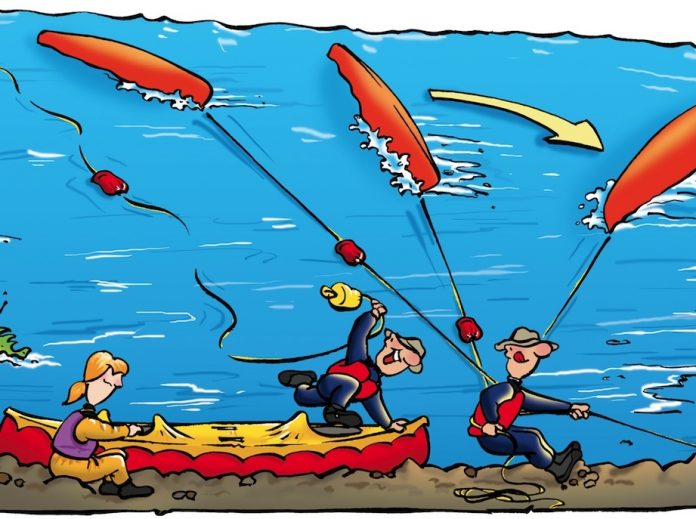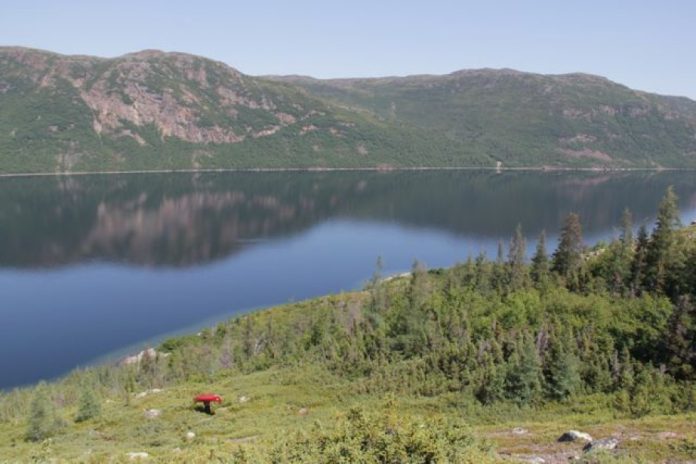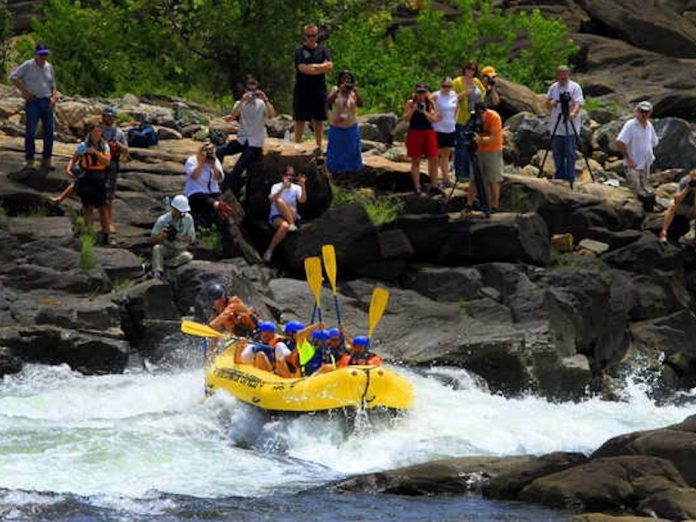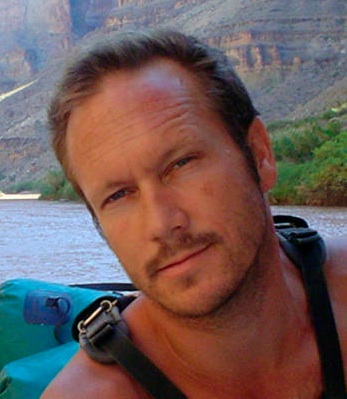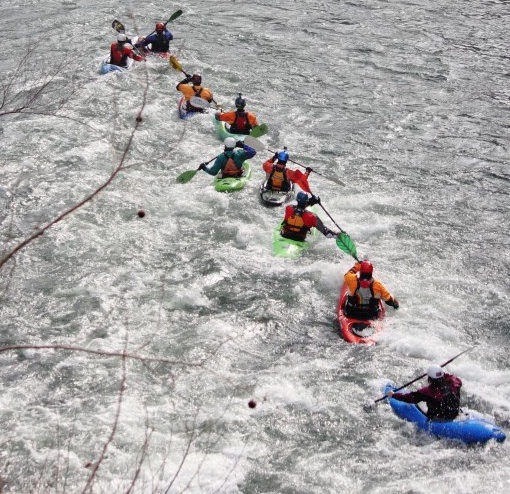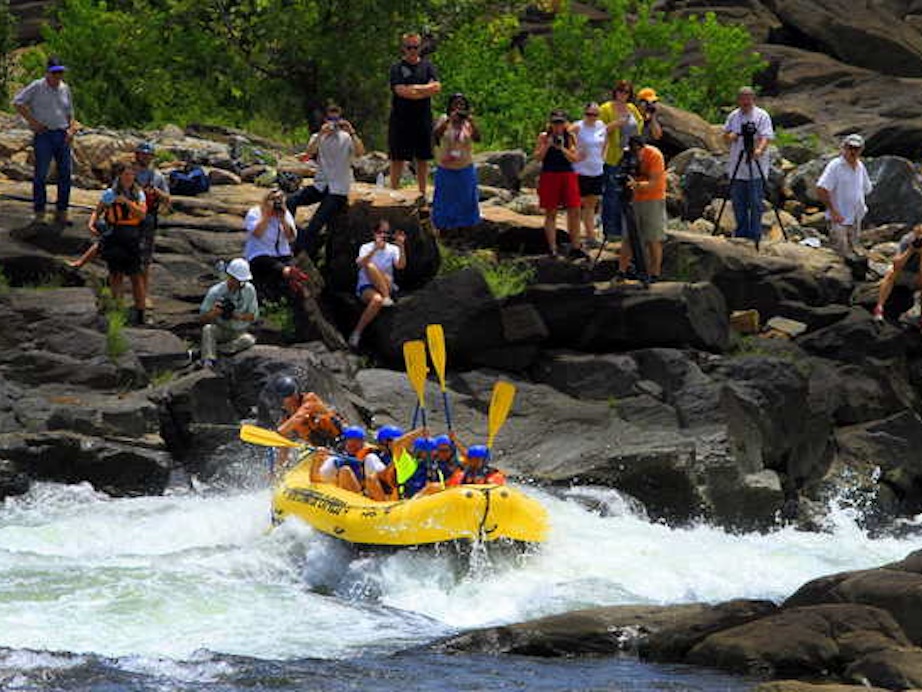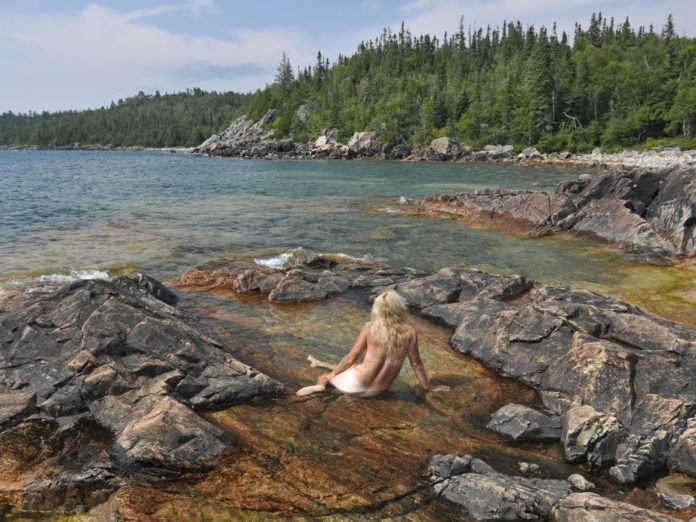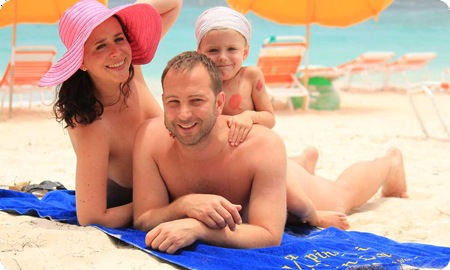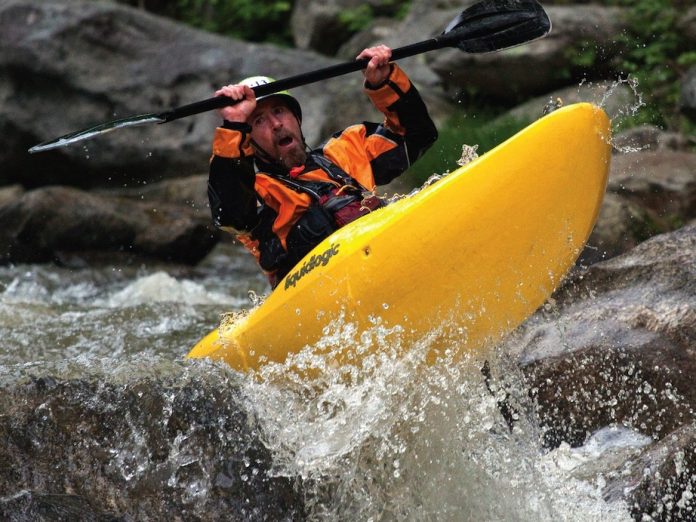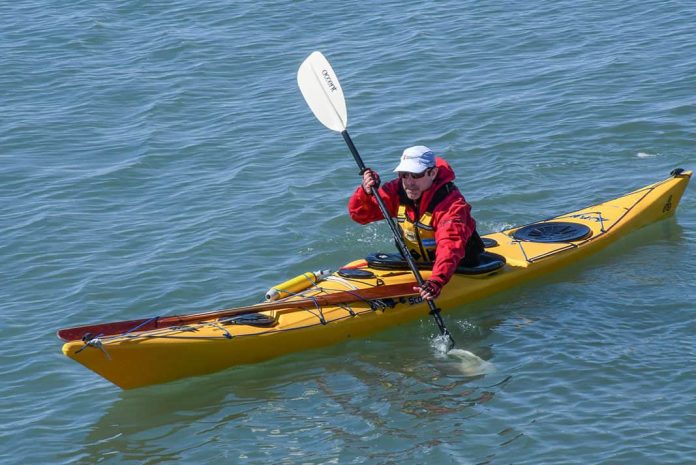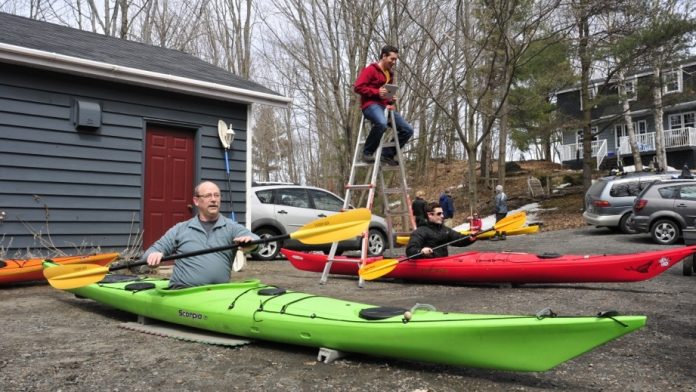Finding a balance between preparedness and bulk isn’t easy. Lucky for you, we talked to seven experienced paddlers about what their time spent in the kayak has taught them they should have in their PFD kit—and what’s better stowed in a hatch or left behind altogether.
So, what are the essentials?
Justine Curgenven
ADVENTURE FILMMAKER
PFD SHE WEARS: KOKATAT MsFIT
PHILOSOPHY: “I don’t like a lot of weight in my PFD. I consider the environment and go with as little as possible accordingly.”
WHAT SHE CARRIES: Hydration pack, camera, compass, energy bars, basic first aid kit, duct tape, camera lens cloth. If conditions warrant, a VHF radio, light and knife.
WHY? “I prefer to be comfortable and perform well rather than to be so encumbered by all my equipment that something is more likely to go wrong.”
Christopher Lockyer
OWNER OF COMMITTED 2 THE CORE
PFD HE WEARS: KOKATAT RONIN PRO
PHILOSOPHY: “Keep it simple. Be aware of what you need—you can’t have everything immediately accessible.”
WHAT HE CARRIES: Hydration pack, locator light, energy bar, folding knife, grease pencil, Denso tape, river gloves, mask for CPR, whistle, compass, sunscreen, lip balm.
WHY? “For 10 years I carried a lot more stuff—small repair kit, immersion bag, VHF radio, flares—where the hell do you put it? It’s a 50-pound PFD. And if you’re in the water all the time, all of it gets soaked and ruined. So now I prefer to tuck that stuff away.”
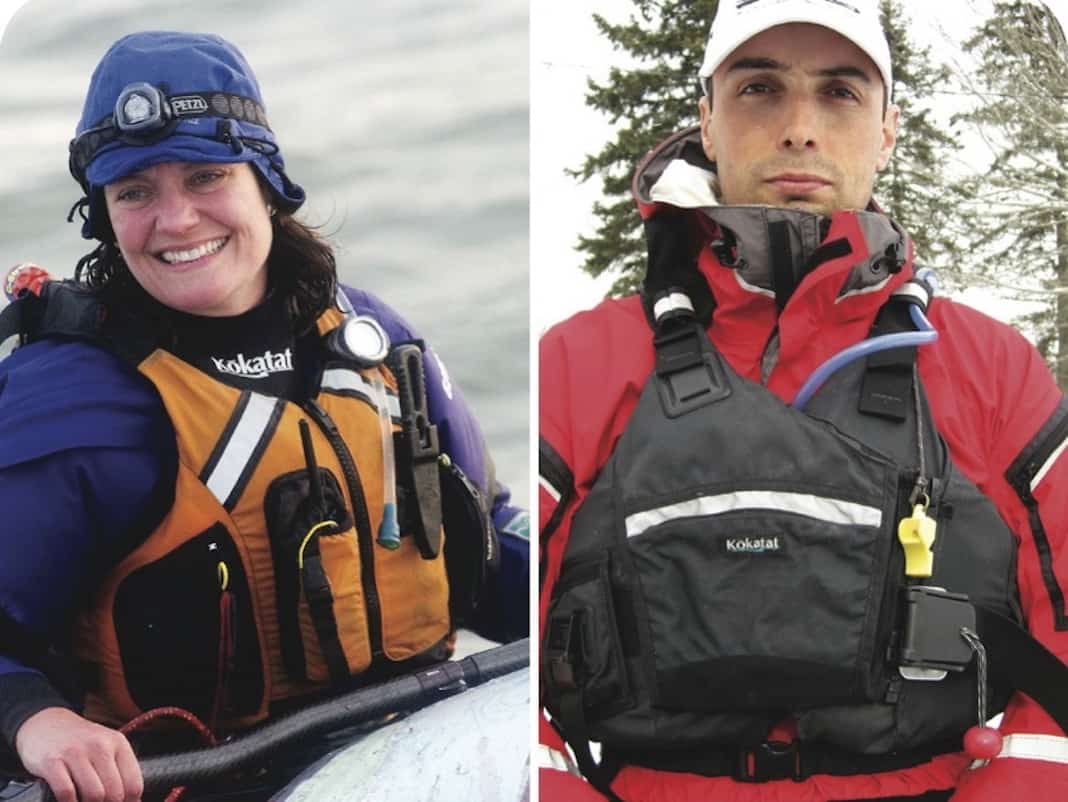
Shawna Franklin and Leson Sommé
OWNERS OF BODY BOAT BLADE
PFDs THEY WEAR: KOKATAT MsFIT TOUR
PHILOSOPHY: “My PFD is completely clean on the outside. I believe in having a clean body, clean boat.”—Leon. “It depends where I’m paddling.”—Shawna.
WHAT THEY CARRY: Hood, sunscreen, candy bar, grease stick, small repair
kit, aspirin, whistle, knife. If conditions warrant, a VHF radio. Shawna also carries a strobe light and hydration pack.
WHY? “I started with no PFD, and then a friend gave me one and I went whole hog with five pockets. But as I paddled and coached, I realized how little I used on a regular basis.”—Leon.
Ryan Rushton
OWNER OF GENEVA KAYAK CENTER
PFD HE WEARS: PEAK UK ADVENTURE ZIP
PHILOSOPHY: “Two words: simplicity and access, so the more multi-functional items, the better.”
WHAT HE CARRIES: Waist tow—rope stored in PFD pocket, laser flare, compass, knife, lip balm, sunscreen, small first aid kit, flares, VHF radio, gutter tape, light at night.
WHY? “From a group leadership standpoint, you need to be on your game. Most often I need the tow rope, compass, first aid kit and roll of tape.”
Marsha Henson
CO-OWNER SEA KAYAK GEORGIA
PFDs SHE WEARS: ASTRAL HYBRID, KOKATAT MsFIT
PHILOSOPHY: “I think of the most important things for the day and the paddle, and everything else goes in the day hatch where I can reach it.”
WHAT SHE CARRIES: Lip balm, sunscreen, whistle, small first aid kit, orienteering compass, nose clips, light, small knife, snack. If conditions warrant, a VHF radio.
WHY? “I really dislike crammed pockets. Because of the salt, sun and heat, everything has to be checked frequently.”
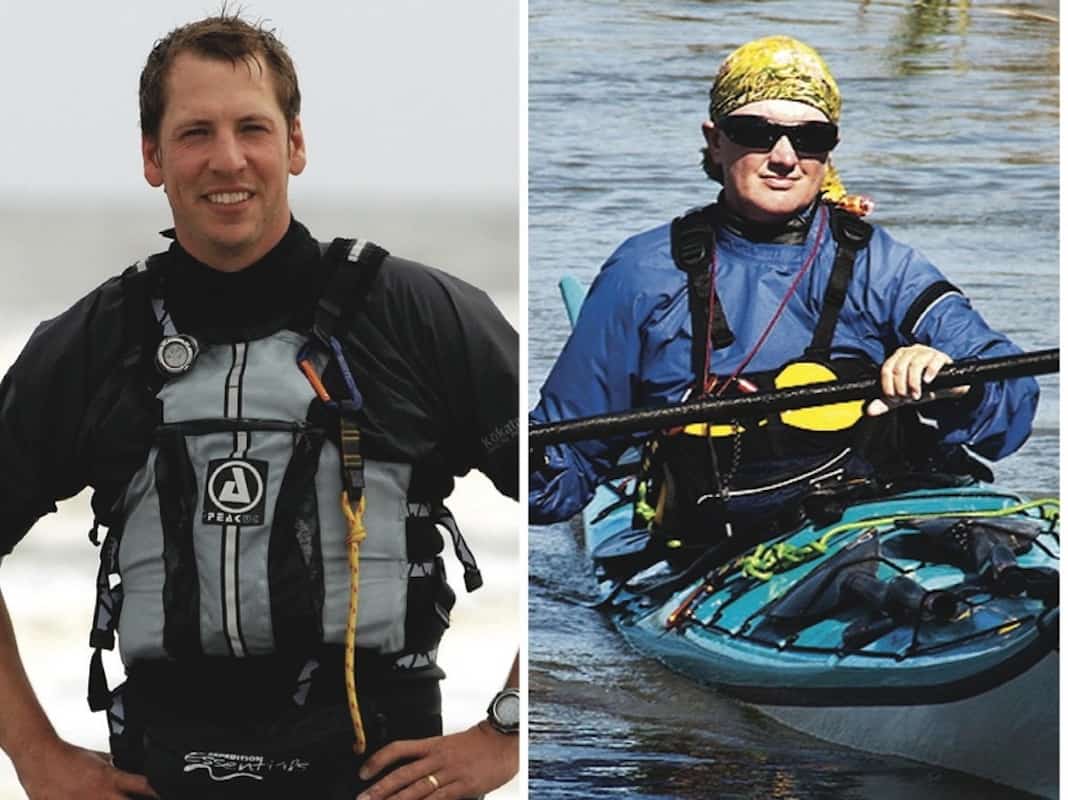
Jeff Allen
CO-OWNER SEA KAYAKING CORNWALL
PFD HE WEARS: KOKATAT SEAO2
PHILOSOPHY: “Ease of movement is a big factor. I don’t want to be encumbered by my PFD.”
WHAT HE CARRIES: Flares, VHF radio, knife, roll of insulating tape, CPR face mask, neoprene gloves, compass, chocolate bar, whistle, headlamp, military waterproof pencil. On an expedition, an EPIRB. He also added a crotch strap to prevent PFD ride-up in sea survival situations.
WHY? “I spent a couple of hours in
a survival tank with two-meter wave action. It was a lesson learned on the inadequacies of a swim aid [versus] a survival vest.”



